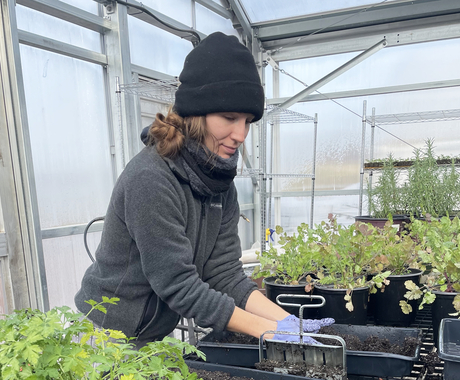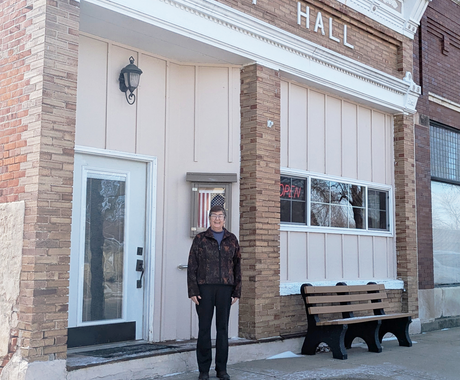By Trenton Buhr, former staff member
Like in much of rural Nebraska, residents in the Cedar Bluffs school district, particularly farm land owners, have been tremendously strained by combined forces of rising agricultural land values, low commodity prices, and imbalanced state funding for public education.
At the start of the year, school officials and residents across the state had their eyes on the Nebraska Legislature, hoping this would be the year for property tax reform. After debate on one such plan—Legislative Bill 974—stalled, members of the revenue committee continue to work on a new framework to bring to the floor after the recess brought on by the COVID-19 pandemic.
So, officials and patrons at Cedar Bluffs Public Schools and others across the state wait.
The problems are exacerbated at Cedar Bluffs largely because of geography. Cedar Bluffs Public Schools is located in a small agricultural community next to the Platte River in Saunders County, Nebraska, bearing the same name. In the area between Cedar Bluffs and nearby Fremont are a large number of acreages and lake homes. Before elementary schools were forced to consolidate in 2006, nearby Platteville Elementary students would come to high school in Cedar Bluffs, bringing tax dollars with them.
After the change, Platteville folded into the Fremont Public Schools and those tax dollars went away, leading the district’s valuation to drop from $206 million to $122 million in just one year.
Following Platteville’s consolidation, Cedar Bluffs had little choice but to increase their total property tax levy drastically, from $1.16 to $1.37 per $100 in valuation, including overrides. With less people to tax, it only hits the remaining land owners harder.
“Although our levy went up 21 cents, we received less taxes because of the sharp decline in total land valuation,” said Superintendent Harlan Ptomey.
In the early 2010s, agricultural land values rose tremendously. Many rural schools were able to decrease their levy while bringing in the same amount of revenue because of the increased valuation. But in Cedar Bluffs, even this increase in total valuation was not enough to allow for a lower levy.
Since 2006, Cedar Bluffs’ enrollment has increased from 257 to 436; a 70 percent jump if you’re counting. This has driven a need for more staff and new buildings. State aid slowly increased over that time, helping the school function and expand with so many more students. However, this did not mean local residents were contributing any less.
Rural schools are torn between running a quality educational institution or lowering the burden on local property owners. They do their best to strike a balance. Certain operational needs, such as staffing and building maintenance, are foundational and costly. Staffing costs make up a large portion of the budget in most schools and, to sustain a reasonable pupil to teacher ratio, there is not much room for change.
“It is essential spending, not extravagant spending,” Ptomey said. “For example, we would like to convert our ‘open’ elementary building by putting up walls. Last year, we replaced the 70-year-old boiler and steam air system. We used to need one special education teacher, now we need three.”
Funding education doesn't have to be this way. To overcome the state’s reliance on property taxes, real structural reform is needed. There are a number of changes that could be made both by generating new revenue sources and distributing funds effectively. Until such changes are made, many property owners in the state will continue to bear the load.





